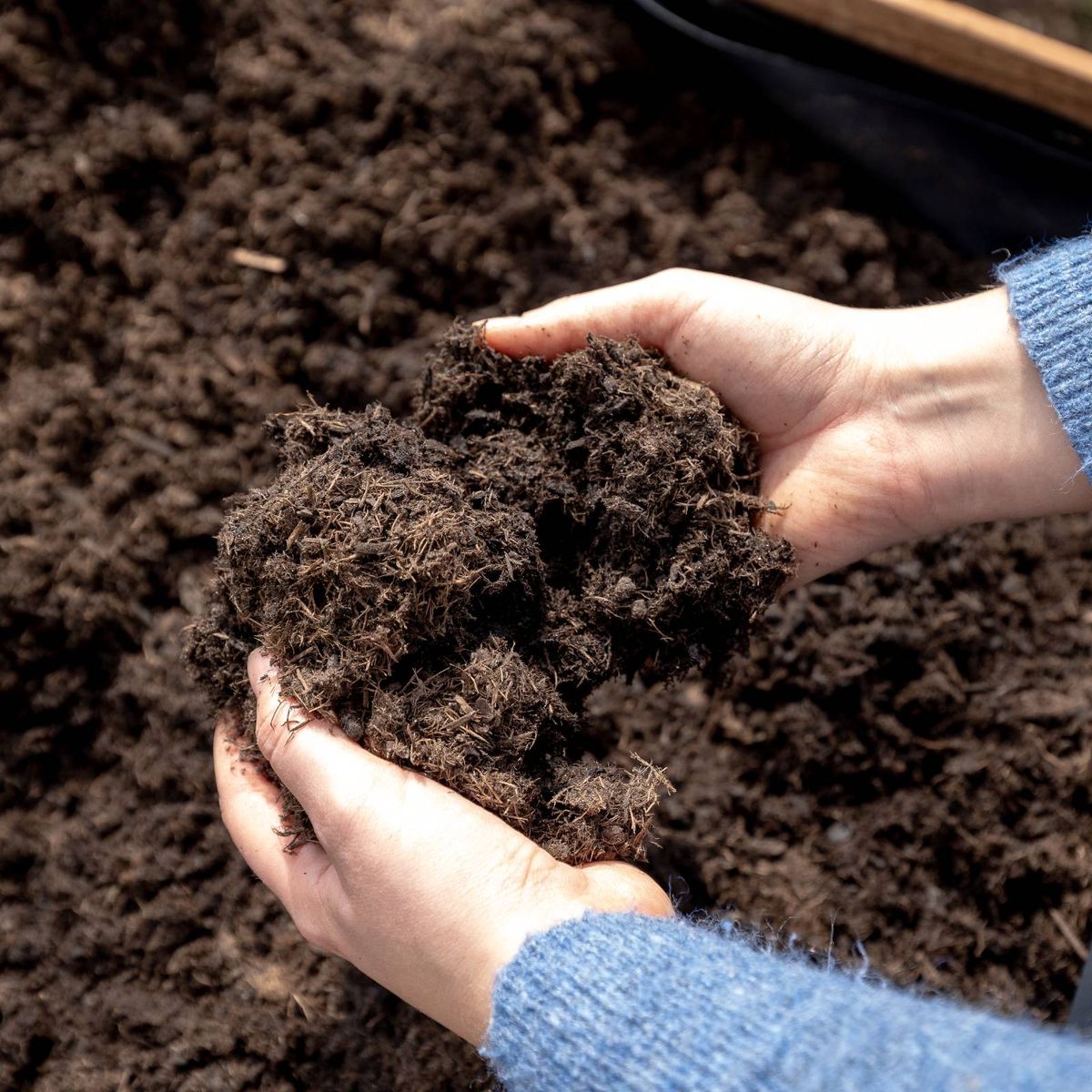How to grow Snapdragon flowers
(Greek for like a nose, refers to form of the flowers)
Few of our flowers are as fantastic in form as the Snapdragon, Antirrhinum majus. At the same time the colors attract us. There are delicate pinks, such as we find in a Rose, the yellows are like giant flowers of Toadflax, the deep maroons seem as though made of magnificent velvet. The catalogs list for our approval many other colors. In height we find a great range, some growing as tall as 3 feet, others only $ inches. For most gardens those of medium height are best, since they produce long enough stems yet are not tall enough to demand stakes
Where to Plant. Whole masses of Snapdragons are appealing, but individual plants have a charm, which we cannot resist. As a cut flower the Snapdragon is very adaptable.
OUTDOOR GENERAL. Seed may be sown indoors when an early start is desired, but the Snapdragon blooms nicely when planted directly in the open soil. Transplant the seedlings to stand a foot apart. The plants are as well adapted to shady places as any other annuals.
GREENHOUSE FORCING. , a Snapdragon specialist has given explicit directions which are here gleaned the following points of good culture.
1. Have good seed. Carefully selected as to purity of colors.
2,. Cuttings carry rust. They are difficult to root in Summer when the temperature is running high.
3. Sowing Seed. For crop of October to July sow in mid-June to mid-August. Early sowing makes large plants, but late sowing is good for benching to follow Chrysanthemums. The blooming period can be controlled by pinching the young shoots, hence the date of sowing is not so important.
Select a cool, airy greenhouse, or cold frame, with a tight sash. Sow in flats of light soil to which humus or leafmold or sand has been added use no fresh manure.
Water thoroughly before sowing. Cover seed about its own thickness with light, fine soil. Press gently with a block. Elevate the flats above the level of the bench , allowing for air circulation, to prevent damping-off. Subsequent watering will be necessary only when the flat becomes dry below. Seeds germinate in one or two weeks. Keep a little dry; even let them wilt a trifle. If damping-off starts, remove infested plants, water less, and sift dry sand over the flats. Dust lightly with air-slaked lime, 5 parts, and sulfur, 1 part.
4. Benching. When the plants are large enough to handle, and before they crowd, they should be potted in 2-inch or 2 1/2 inch pots and grown cool. Pinch at least once, allowing from six to ten breaks to continue . Some shoots will tend to throw early blooms, in which case they should be pinched out as shown in illustration. Sometimes the entire planting must be gone over in this manner. It is well to remember that the number of daylight hours will be decreasing, and that during November and later buds will require from six to eight weeks to open fully, depending, of course, upon the weather conditions.
Benching is done during early Fall in fresh soil, not too rich in soluble plant food. When young, the Snapdragon is not a heavy feeder, and overfeeding at this period is not only contrary to nature, but cause soft foliage, an easy prey to insects and disease. Promise yourself the pleasure of applying that top-dressing of sheep manure after the money from your first cut is in the bank. Soft growth is easily burned by sprayings and fumigation’s, and you will have to use them frequently to check thrips and aphids. Aim for short jointed stock. When your neighbor boasts of taller, faster growing plants, console yourself privately. Strong fertilizer at this stage is like bootlegger’s whiskey it may cause blindness.
5. Planting Distances. Different varieties required different spacing, ranging from 7×8 inches to 12×12 inches, although 8×10 inches is good, 10 inches being the distance between rows.
6. Suckers. Constant removal of suckers in each leaf joint is most important, especially during Fall and early Winter. The finest spikes are obtained only in this way, the plant’s energy being directed toward the terminal growing points.
7. Temperature. Aim at 50 deg. for night temperature. Excellent results may be obtained at 45 deg., the growth being slower but more vigorous. On bright days, 65 to 70 deg. is correct.
8. Thinning. After the plants have occupied the benches for several months, shoots will begin to push up from the base. These are future flower spikes and should be thinned out where they appear to be crowding. Careful judgment is required, and the work should not be left to the rank and file of help. Meanwhile, some parts of the plant may become blind, particularly after a long spell of dull weather. Such blind wood should come off after it is evident that it is hopeless; this will admit light and air to the actively growing parts, and it will also facilitate working the soil, tying and the like.
9. General Winter Care. It goes without saying that frequent cultivation of the soil surface makes for better growth. If desired, bone meal and sheep manure may be worked in when the first cut is showing color, and regularly thereafter, as the plants are then in a position to use it to full advantage.
10. Supports. We use the Carnation method of support; i. e., the tiers of wire crossed by cotton string. We use four tiers-9, 15, 23, and 36 inches above the soil surface. The Rose growers’ method of a stake per plant is also good. The important point is to place supports before the plants actually need them. Some growers prefer to let this matter go until they are faced with a hopeless tangle of crooked shoots. “A tie in time saves nine” is a good greenhouse proverb.
11. Insects. Every grower is, doubtless, prepared to cope with aphids, thrips, worms on the foliage, and other minor insects. Spraying mixtures should be less concentrated than for many other greenhouse crops, and this applies also to fumigants.
12. Rust. Rust is best prevented by keeping air and temperature conditions as uniform as possible, especially during dull weather.
Avoid sudden drafts. Foliage should always be dry at sunset. Syringe as little as possible; red spider is seldom serious upon Snapdragons, but wet foliage is. If rust does appear, some mild copper compound should be blown about the plants. It pays to examine the crop frequently; look especially on the underside of the leaves where the rust first becomes evident. Burn affected plants immediately. No variety is immune to rust, but some growers treat the crop, as though no variety were susceptible.
Information on 50+ annual flowers











